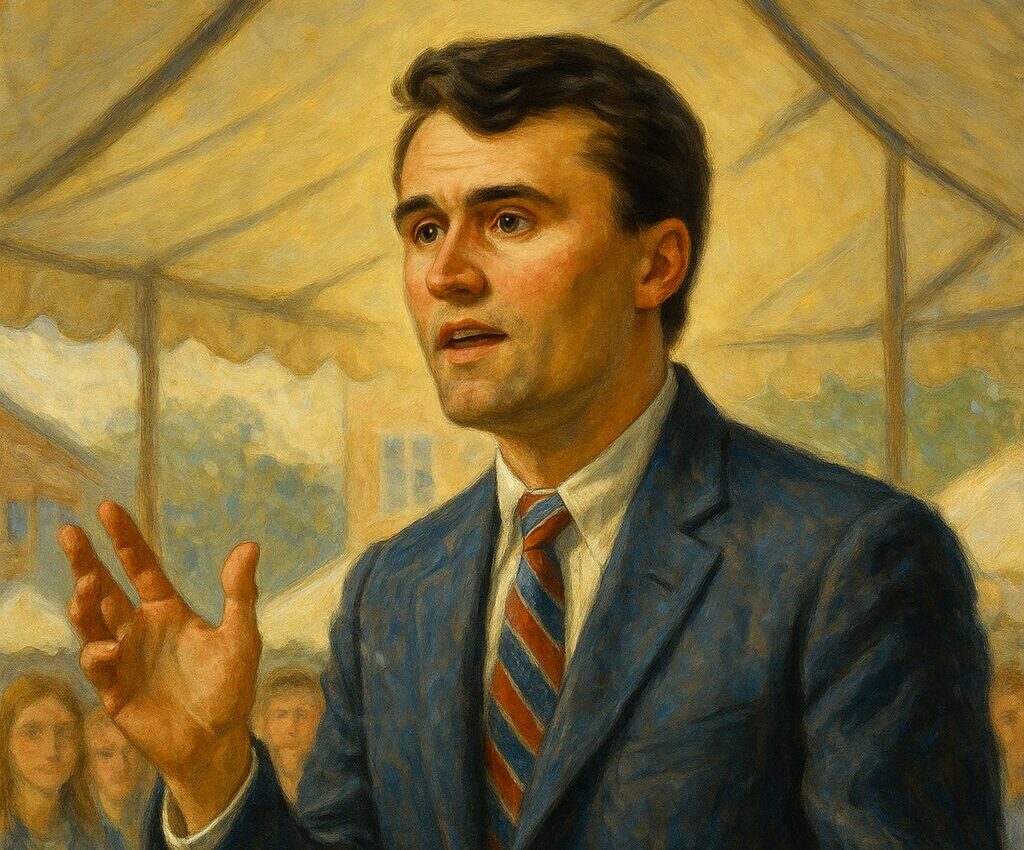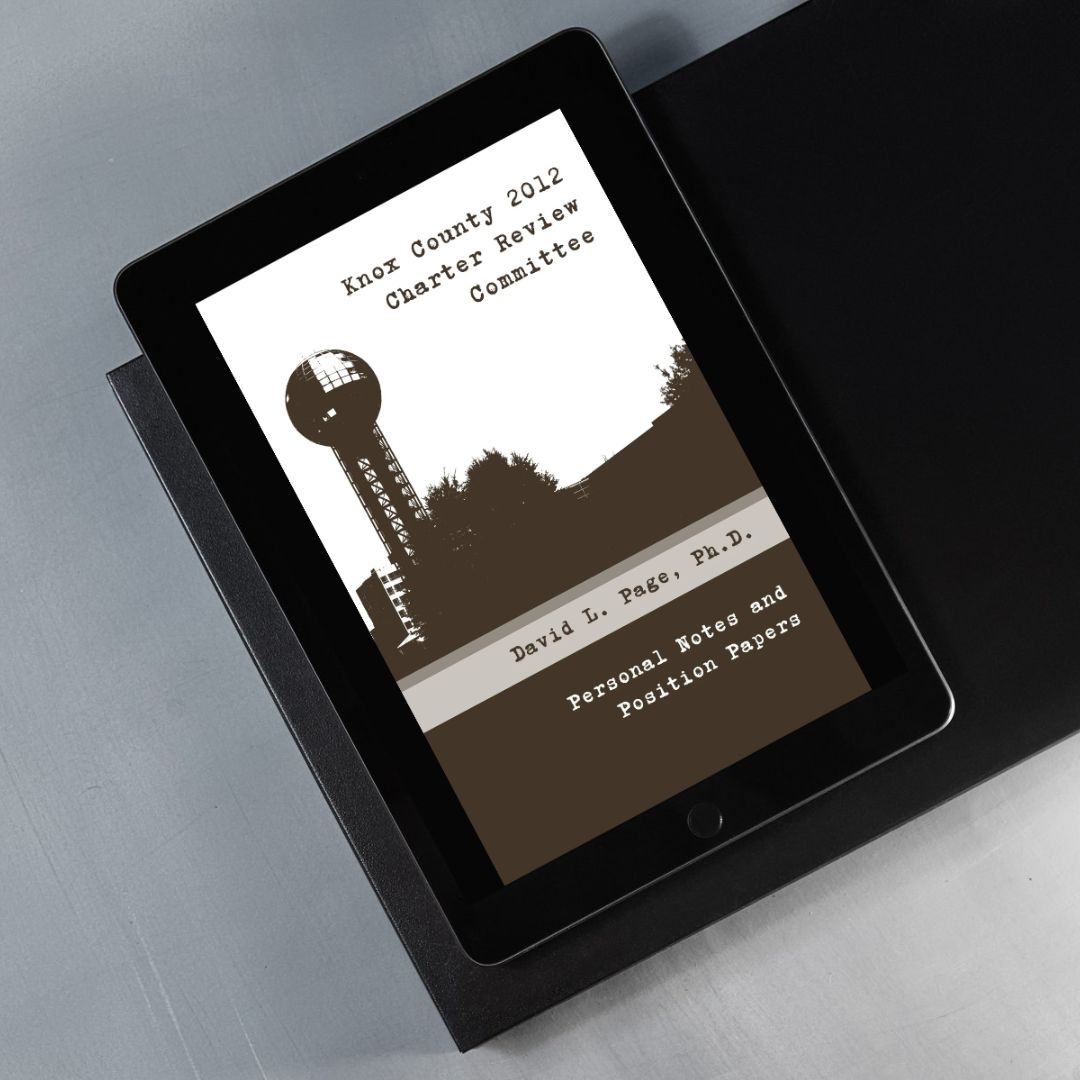This weekend, I’m beginning the journey of writing my next nonfiction book. The idea has been simmering for a while: I want to dig into why American politics feels so broken—why Congress, in particular, seems unable to act. My working theory is that the paralysis is not from too little democracy, but from too much. Somewhere along the way, we lost the balance between democracy and republicanism—not the party, but the principle.
As I started sketching out the chapters, one event kept pulling me back: the tragic death of Charlie Kirk. I realized his death, and the divided response that followed, capture exactly what I want this book to wrestle with. The noise, the outrage, the silence—it all says something about where we are as a people and how far we’ve drifted from Madison’s design.
So here it begins. Below is my first draft of the Chapter 1 opening—the starting point for a project I expect will take me a year or more to finish, and a question I suspect will take much longer to answer.
A college campus is meant to be a sanctuary for books, ideas, and above all, speech—free speech, not free as in free beer,[1] but free like fire. Free speech was never meant to be consumed without consequence. Fire can warm or it can burn, depending on the boundaries that contain it.
College is the season when minds learn to handle that flame. Campus walkways are lined with bulletin boards advertising lectures, rallies, auditions, and blood drives—kindling for thought. Patches of lawn double as soapboxes for fire breathers. Students linger at tables stacked with pamphlets and petitions, debating politics or faith or music or mathematics. The campus is a free-speech commons, where disagreements are rehearsed with more intensity than consequence, where sparks turn to flame. For many, these are the rare years when it feels natural to test boundaries, to try on ideas like borrowed clothes, to argue for the sake of arguing.
The Founder James Madison, never truly a fire breather,[2] once lived in that world. At Princeton from 1771 to 1772, he devoured philosophy and theology, studied the lessons of ancient republics, and sparred with classmates about liberty and authority. He was no stranger to debate, and he left with the conviction that passion alone was never enough. Ideas needed channels, rules, and structure if they were to endure beyond youthful debate. The ferment of campus argument taught him both its promise and its peril. The same heat that sharpened young minds could, if uncontained, burn institutions to ash. As biographer Noah Feldman (2017) observes, “At Princeton, Madison learned from Witherspoon that liberty required the discipline of reason. He was no firebrand. The Enlightenment appealed to his sense that passion must be governed if freedom was to last.”
The scene on another campus, two and a half centuries later, looked no different at first. In the center of a courtyard a white canopy stood, the sort one might find on most college lawns in America—credit card companies giving away T-shirts, student clubs hawking baked goods, or free-speech lectures engaging in dialogue. Yellow Do Not Cross tape and bright orange pylons funneled the gathering crowd that morning into a loose semicircle before the canopy, a makeshift audience of some 3,000 awaiting the speaker (Brook, 2025). A microphone squealed, then quieted. Student volunteers handed out flyers. A few campus police officers leaned against nearby walls, watchful but relaxed. Rooftops loomed overhead, relatively ignored, with little expectation of threat. The day looked like every other American campus event: open, porous, confident.
By noon the plaza had filled. Students and visitors pressed close to the tent, smartphones lifted to capture the exchange. The air was warm, restless, expectant—the easy confidence of a campus crowd certain that nothing truly dangerous could happen in daylight. Beneath the white canopy, the guest speaker worked the crowd with the ease of a seasoned performer. He tossed hats into the audience, traded jabs with hecklers, and turned interruptions into laughter. Applause rolled across the courtyard, echoing between the brick facades. The moment was democracy in its most youthful form—rowdy, confident, unfiltered. Words struck sparks, but no one yet sensed how quickly fire can spread.
And then the moment was gone. A single shot cracked through the chatter. Heads jerked upward. On a nearby roofline, a figure moved, then vanished. Confusion rippled into panic. The openness that had seemed so ordinary a heartbeat before revealed itself as vulnerability.
Only later would the nation learn the specifics. The campus was Utah Valley University in Orem, Utah. The event, branded The American Comeback Tour, carried its familiar challenge—Prove Me Wrong. Around three thousand students and visitors had gathered in the plaza. Security was minimal, only six campus police officers on site, according to the Associated Press (Brook, 2025). The fatal shot came at 12:23 p.m., fired from a rooftop near the Losee Center (Goldin, 2025). The speaker was Charlie Kirk. An ordinary campus morning—one that began as an exercise in free expression—had ended as an assassination, the echo of a single shot silencing the marketplace of ideas, extinguishing a candle in our Republic’s flame.
In the hours that followed September 10, 2025, the nation divided again—less over what had happened than over how to feel about the day itself. Outrage met indifference. Principles bent beneath partisanship. To some, the crime confirmed the rot of the other side; to others, the death barely registered. The language of liberty, once a shared inheritance, fractured into rival tongues. Madison had warned that the gravest danger to democracy would not come from kings or conquerors but from within—from the ungoverned passions, inflamed by sympathy and sharpened by resentment. He named that fever the violence of faction,[3] the instant when opinion hardens into identity and the crowd forgets the individual. That day in Orem, his prophecy read less like theory than diagnosis.
[1] Richard Stallman, founder of the free software movement, offered a now-classic clarification of the word free in free software. “Think free,” Stallman explains, “as in free speech, not as in free beer” (Lessig, 2006). As Wired writer Lawrence Lessig later summarized, “You can charge whatever you want for free software. But what you can’t do is lock up the knowledge that makes it run. Others must be allowed to learn from and tinker with it. No one is permitted a monopoly on the teaching that stands behind it.” Therein lies the difference between free speech—and by extension, free software—and free beer. Free is a matter of liberty not price (What is Free Software? – GNU Project, 2025). Free speech rejects monopolies over thought.
[2] The phrase fire breather refers to zealots who exhale passion rather than reason. In the nineteenth century, the term gave rise to fire-eater, a label for Southern secessionists whose oratory burned hotter than their judgment. Edmund Ruffin—often described as the archetypal fire-eater and reputed to have fired the first shot at Fort Sumter—embodied this spirit of unbridled conviction. An interesting read is his Civil War journal. See Ruffin (1977).
[3] James Madison, Federalist No. 10 (Madison, 2016). Madison warned that “the instability, injustice, and confusion introduced into the public councils have, in truth, been the mortal diseases under which popular governments, have everywhere perished,” a result of what he called “the violence of faction.” He opened his essay with this caution: “Among the numerous advantages promised by a well constructed Union, none deserves to be more accurately developed than its tendency to break and control the violence of faction.”
Disclaimer: Written by a human. Edited by a machine. Approved by neither.


